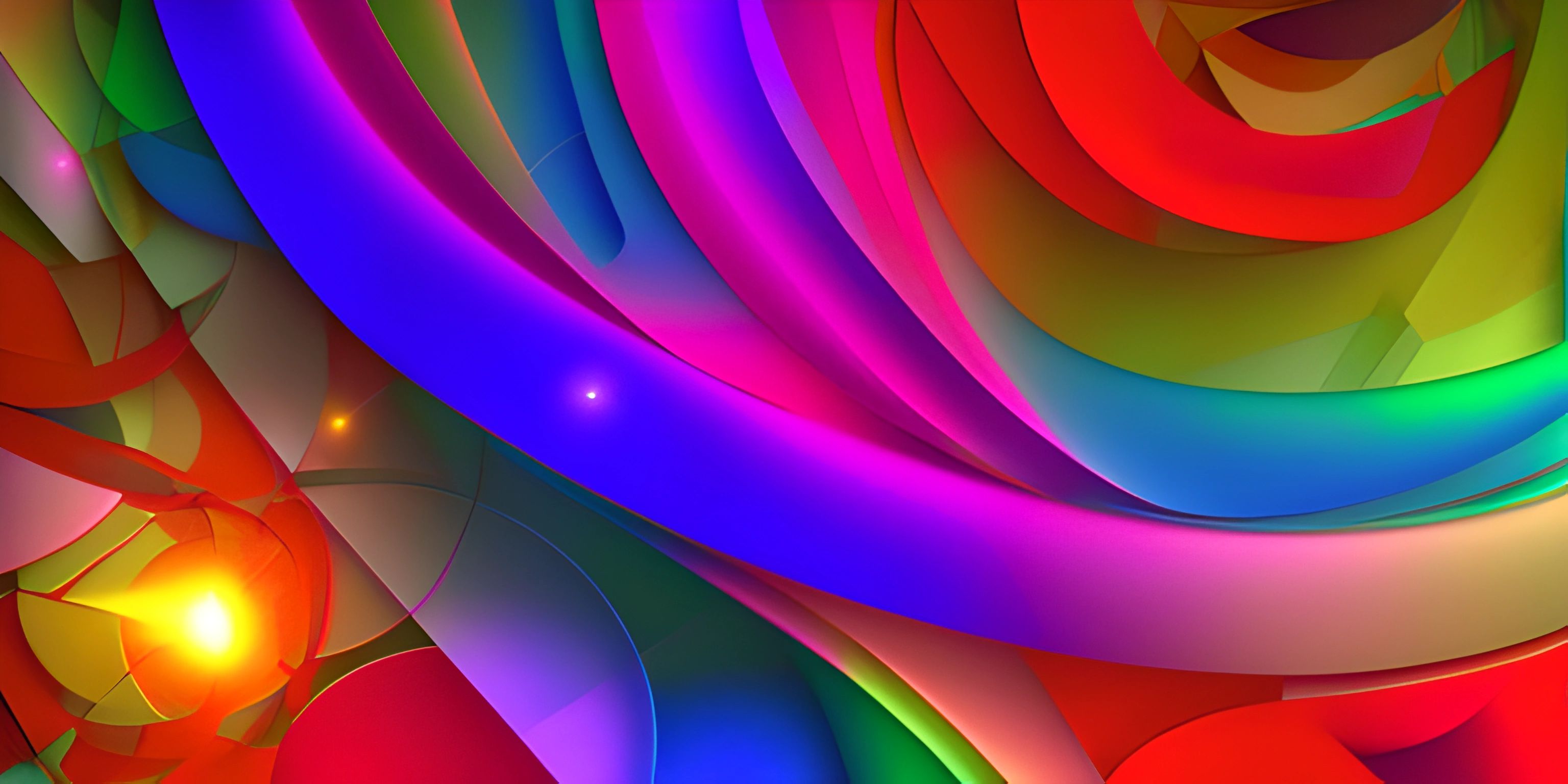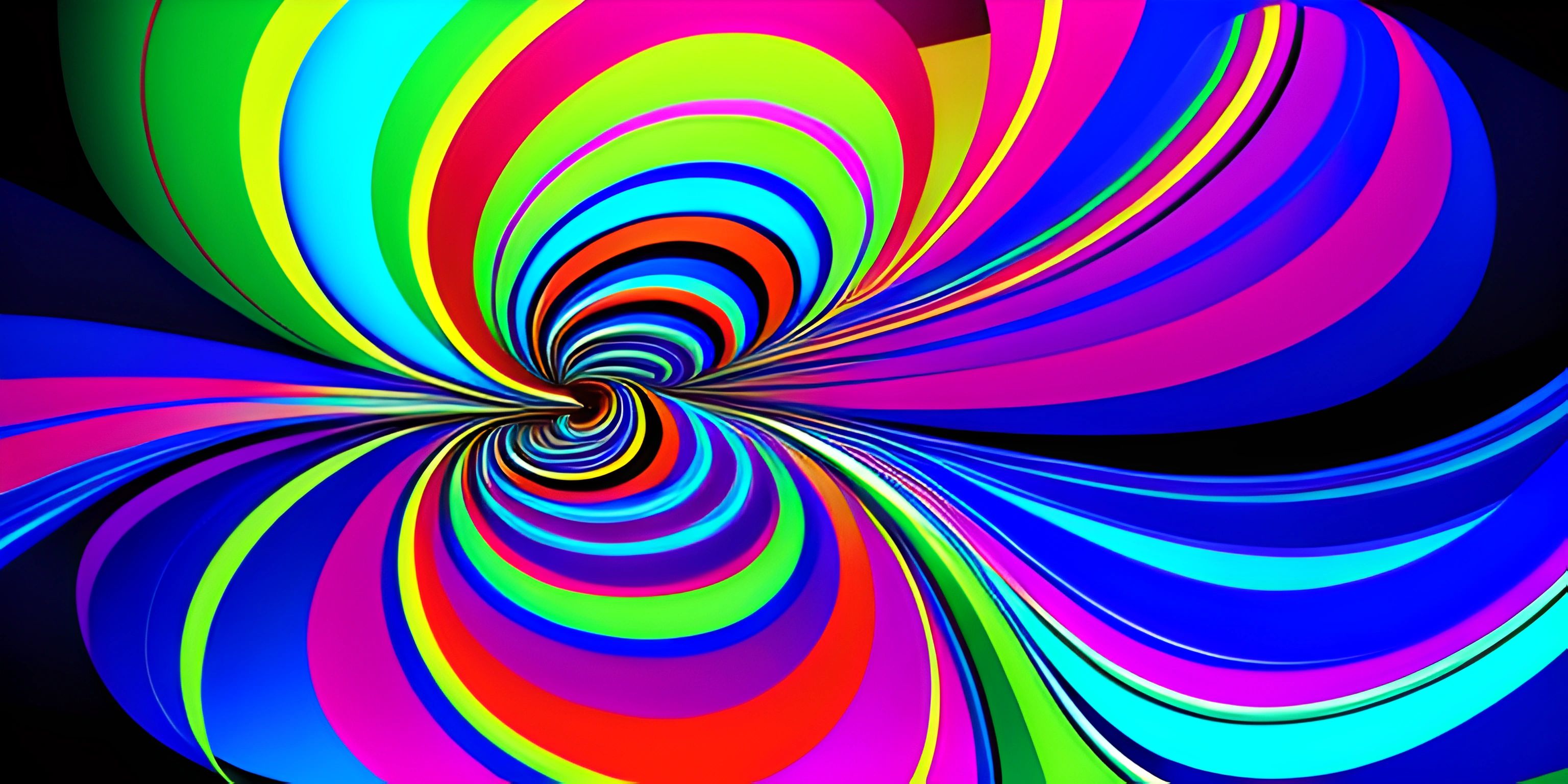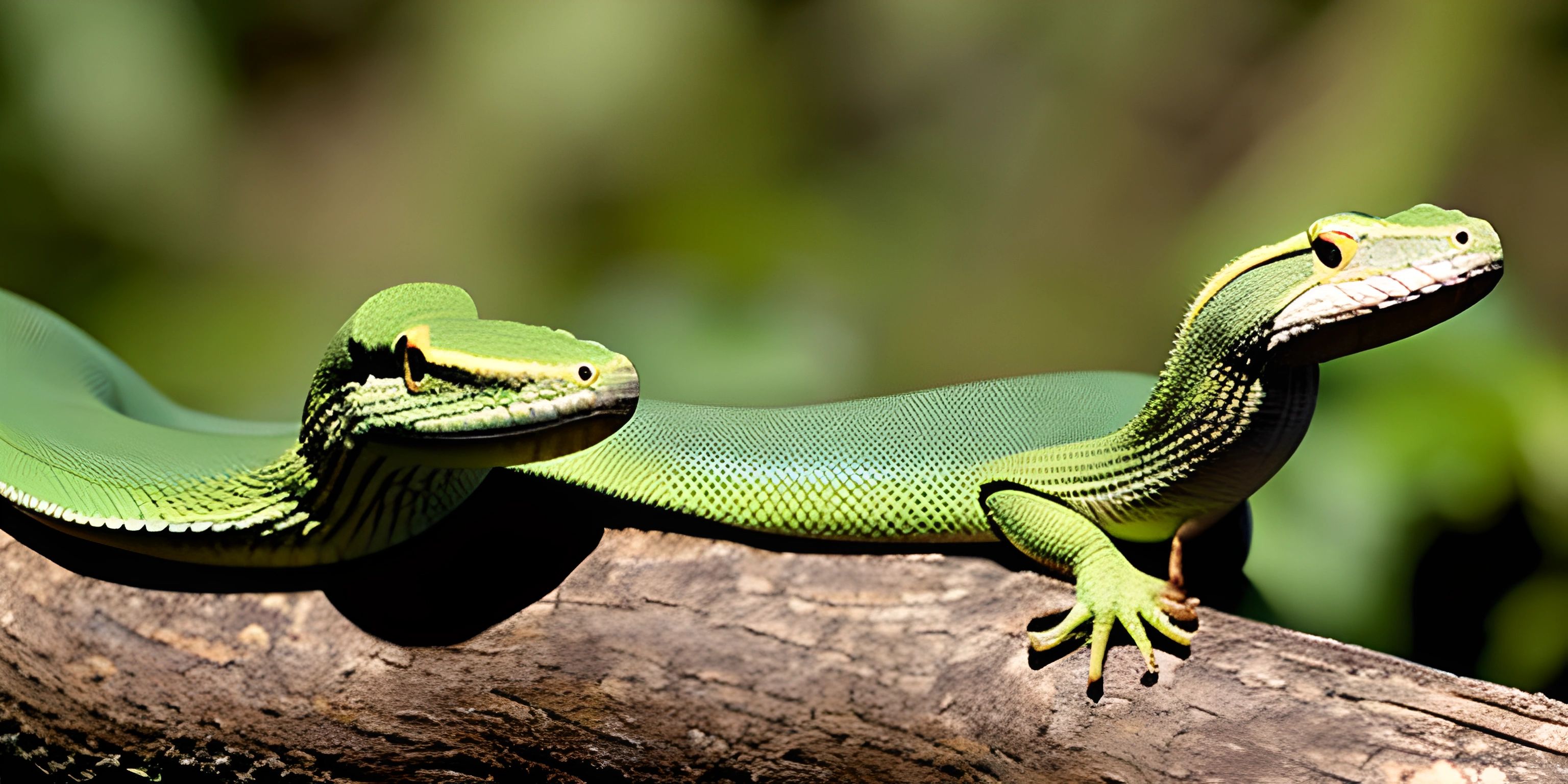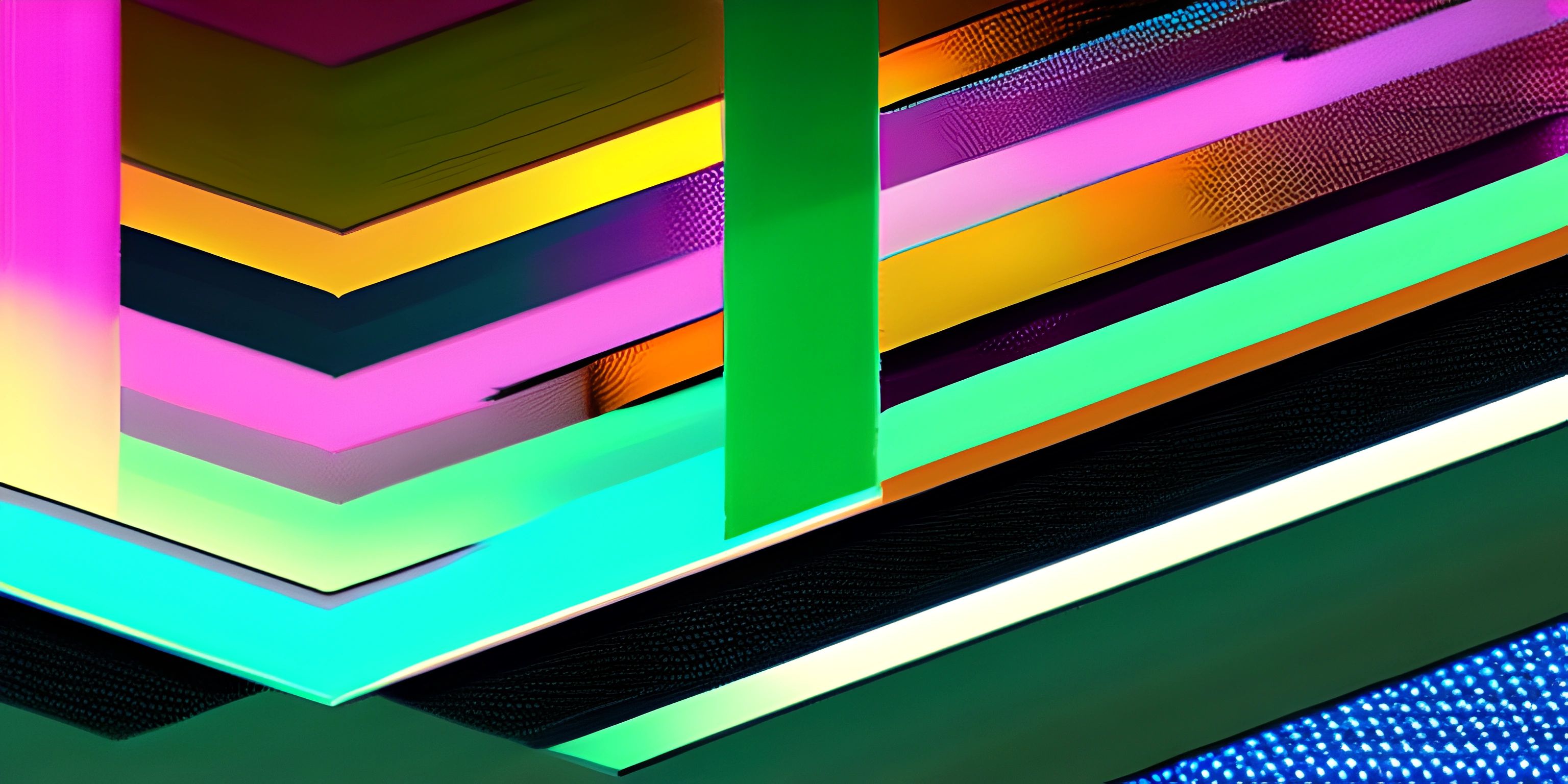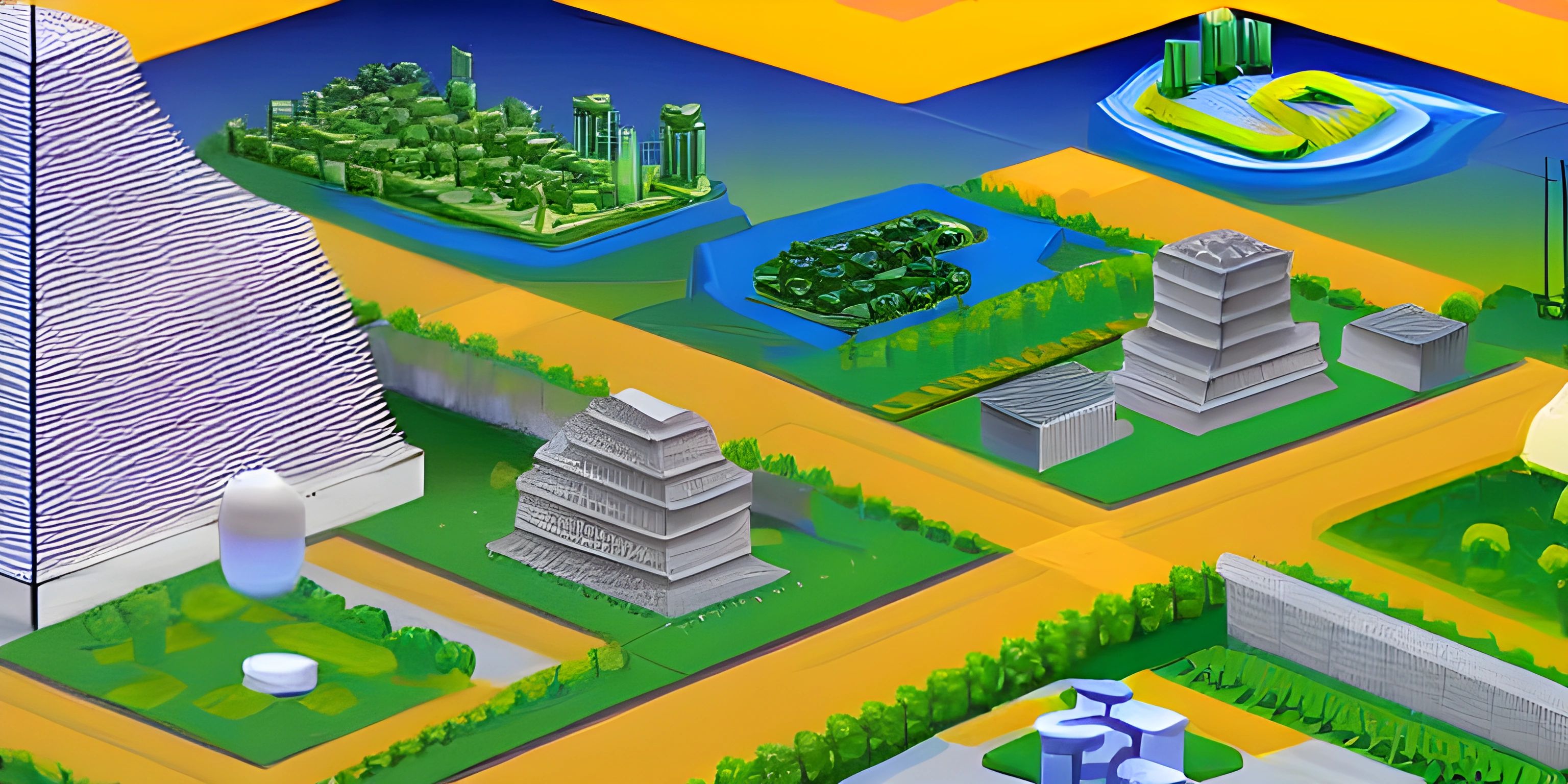Get Started with Processing.py
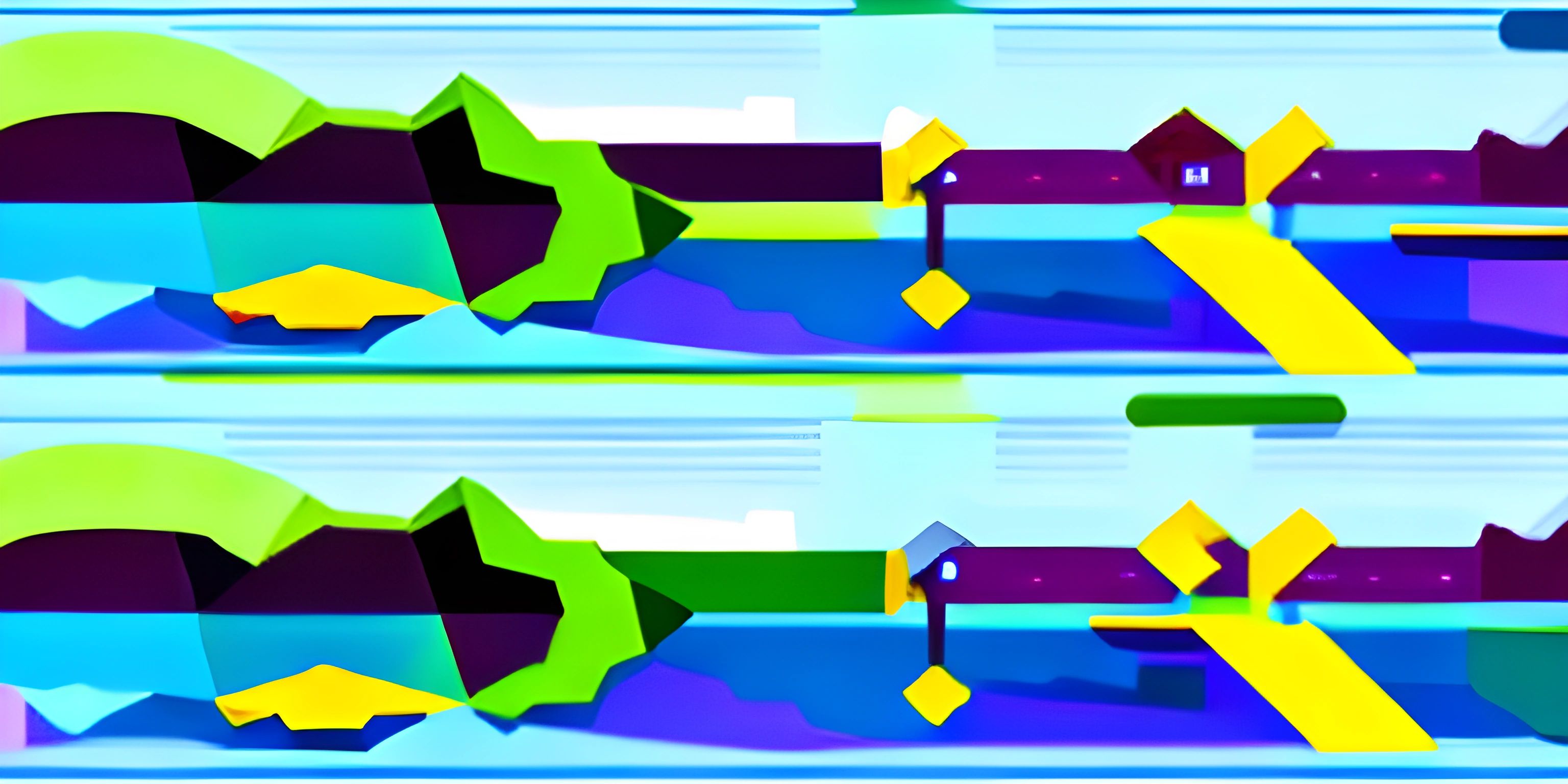
Note: this page has been created with the use of AI. Please take caution, and note that the content of this page does not necessarily reflect the opinion of Cratecode.
So, you've chosen to journey into the fascinating world of Processing.py, and I'm here to guide you through this exciting adventure!
Processing.py is an intriguing blend of the simplicity of Processing with the raw power of Python, making it a perfect choice for those looking to create visually stunning applications without getting entangled in the intricacies of more complex libraries.
The Basics
To get started, we need to understand the fundamental structure of a Processing.py sketch. A sketch, in Processing parlance, is what we call a program.
A typical Processing.py sketch is made up of two core functions, setup() and draw(). setup() is used for initializing settings and loading resources, while draw() is like the heart of your sketch, beating sixty times per second to create animation.
def setup():
size(500, 500) # Sets the window size to 500x500 pixels
def draw():
background(255) # Sets the background color to white
ellipse(mouseX, mouseY, 50, 50) # Draws a circle at the mouse's current positionIn this simple sketch, we create a 500x500 window and continuously draw circles at the mouse's position, giving the illusion that the mouse is painting circles on the screen.
Shapes and Colors
Processing.py offers a variety of shapes like circles, rectangles, lines, and even complex polygons. Coupled with a wide array of colors, the possibilities are endless.
Interactivity
What makes Processing.py truly shine is its support for interactivity. From tracking mouse movements to detecting keyboard inputs, Processing.py brings your sketches to life, making them respond to user input in real-time.
Hey there! Want to learn more? Cratecode is an online learning platform that lets you forge your own path. Click here to check out a lesson: Reading Data Files (psst, it's free!).
FAQ
What is a Processing.py sketch?
A Processing.py sketch is essentially a program, made in Processing.py. It typically consists of two core functions: setup(), used for initialization, and draw(), which contains the main logic of the sketch and is run repeatedly to create animation.
What can you do with Processing.py?
Processing.py is a powerful tool for creating visually stunning and interactive sketches. You can draw a variety of shapes, use a wide range of colors, animate your sketches, and make them react to user input. It's excellent for creating anything from simple animations to complex interactive visualizations.
How does Processing.py handle interactivity?
Processing.py can track mouse movements and detect keyboard inputs, allowing your sketches to respond to user actions in real time. For example, you can change the color of a shape when the user presses a key, or move an object around the screen following the mouse.

